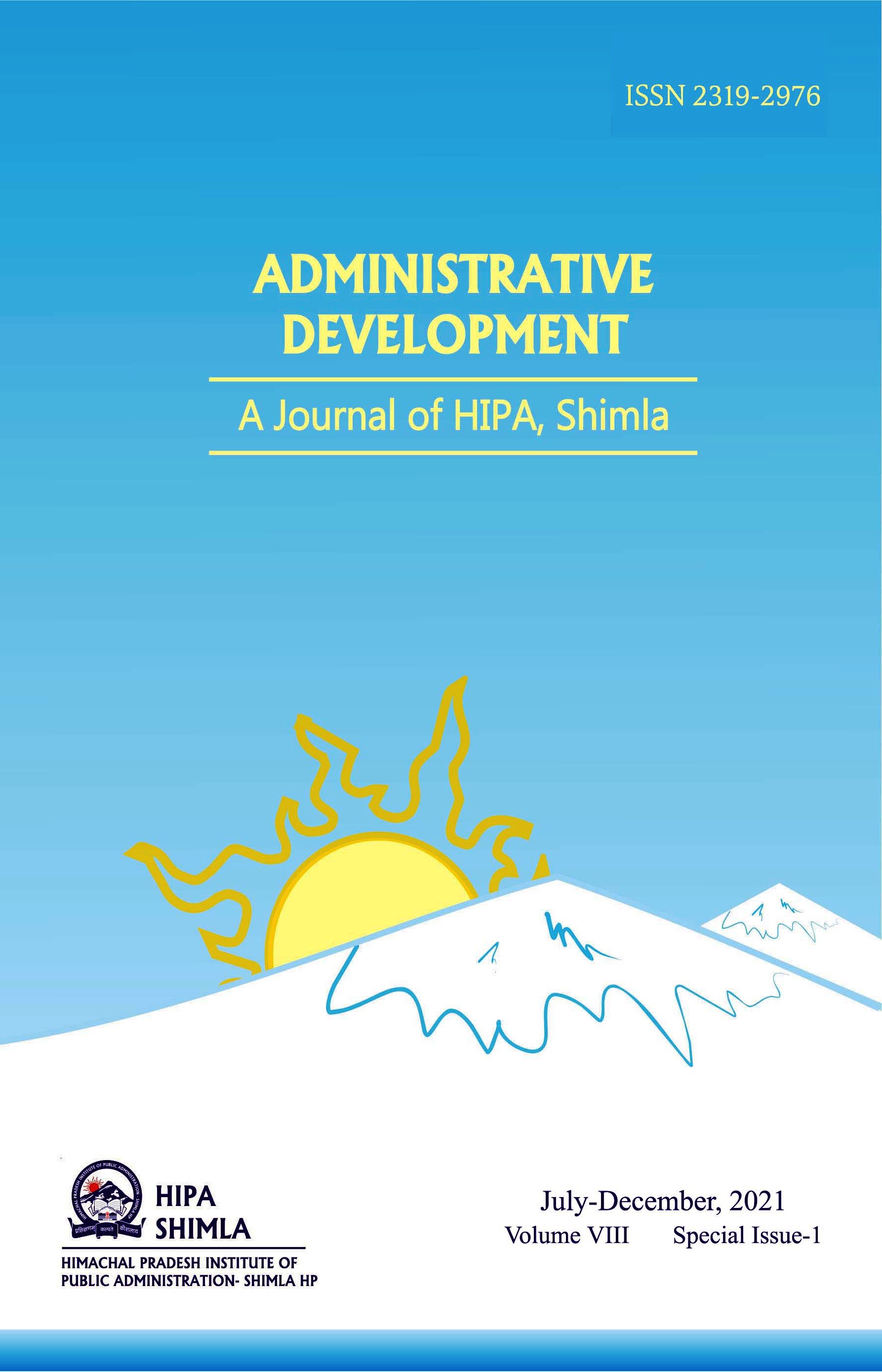ENHANCING GRADUATE EMPLOYABILITY SKILLS: APPLICATION OF STATISTICAL TECHNIQUES FOR QUALITY ASSURANCE IN INDUSTRIES
DOI:
https://doi.org/10.53338/ADHIPA2021.V08.Si01.08Keywords:
Statistical Techniques, Quality Control, Binary Logistic Regression, Kruskal-Wallis Test, Higher Education InstitutionsAbstract
Despite maintaining high standards in product quality during the production process, continuous run of machines and vibrations may send out defects that can result in poor quality output. The continuous monitoring and detection of the causes of error are required to bring the process back to acceptable quality levels. The implementation of statistical techniques such as quality control and design of experiments are needful for the industries to make an effective control process during production. The present study has carried out a survey to elicit the opinions of the executive engineers in the industries in regard to quality cognizance for producing quality products and the use of statistical techniques for achieving the target quality. The study findings recommend to an industry perspective in statistical techniques in the course curriculum and enhance the employability skills in the students of higher educational institutions (HEI).
Downloads
Published
How to Cite
Issue
Section
License
Upon acceptance of an article, authors will be asked to complete a 'Journal Publishing Agreement'. An e-mail will be sent to the corresponding author confirming receipt of the manuscript together with a 'Journal Publishing Agreement' form or a link to the online version of this agreement.
Subscribers may reproduce tables of contents or prepare lists of articles including abstracts for internal circulation within their institutions. Permission of the Publisher is required for resale or distribution outside the institution and for all other derivative works, including compilations and translations. If excerpts from other copyrighted works are included, the author(s) must obtain written permission from the copyright owners and credit the source(s) in the article. As a general rule, permission should be sought from the rights holder to reproduce any substantial part of a copyrighted work. This includes any text, illustrations, charts, tables, photographs, or other material from previously published sources.
This journal permits and encourages authors to post items submitted to the journal on personal websites or institutional repositories both prior to and after publication, while providing bibliographic details that credit, if applicable, its publication in this journal.

